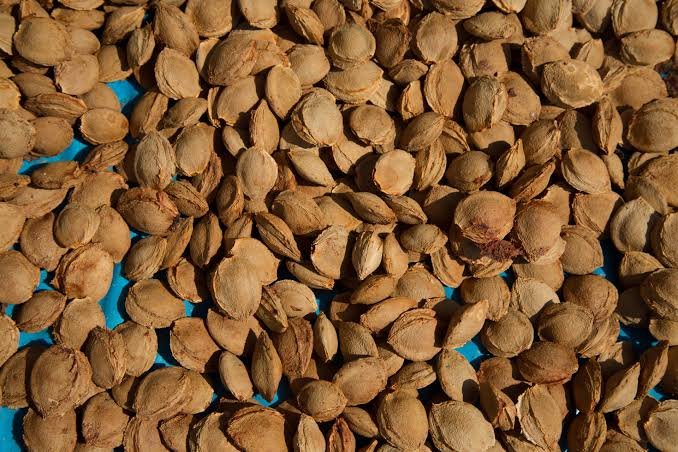Recovering after a workout doesn’t have to be complicated—or time-consuming. In fact, the minutes immediately following your training session are some of the most critical for replenishing your body and preparing it for future performance. Whether you’re lifting weights, running, cycling, or doing high-intensity interval training, how you use that post-workout window can determine how quickly you bounce back and how consistently you make progress.
Here’s a practical guide to optimizing your recovery in 15 minutes or less.
Rehydrate with Purpose
Even mild dehydration can hinder muscle repair and increase fatigue. One of the easiest things you can do right after a workout is drink water—ideally with a balance of electrolytes. Sweating depletes not only fluids but also essential minerals like sodium, potassium, and magnesium. Replacing these promptly helps restore hydration and supports muscle function.
If you’re short on time, go for a rehydration drink that combines electrolytes with a small amount of carbohydrates. This not only rehydrates you faster but also aids in glycogen replenishment.
Consume Fast-Absorbing Protein
Protein plays a vital role in muscle repair and growth. After a workout, your muscles are especially receptive to nutrients, making this an ideal time to consume a protein source. The key is to choose something that’s easy to digest and absorb quickly.
Liquid protein options especially those that are hydrolyzed or broken down into smaller peptides, can enter the bloodstream rapidly and begin the repair process almost immediately. Look for sources that include a complete amino acid profile, particularly leucine, which triggers muscle protein synthesis.
Frogfuel.com uses nano-hydrolyzed collagen protein, which means the collagen molecules are broken down into extremely small peptides—significantly smaller than those in traditional whey or collagen supplements. This nano-hydrolysis process allows the protein to be absorbed by the body within 15 minutes.
Stretch and Mobilize
Static stretching has gotten a bad rap in recent years, but when done correctly post-workout, it can support flexibility and circulation. Spending even five minutes stretching the muscle groups you just worked can help reduce stiffness, improve mobility, and promote blood flow.
This doesn’t have to be elaborate. A short routine that targets major muscle groups—hamstrings, quads, back, shoulders—can do the trick. Pairing stretches with deep breathing also helps the nervous system shift from “fight or flight” into “rest and repair” mode.
Cool Down with Light Movement
Rather than abruptly stopping your workout, ease into recovery with light activity. Walking, easy cycling, or gentle dynamic stretches can help lower your heart rate gradually and flush metabolic byproducts like lactic acid from your muscles.
A five-minute cool-down helps transition your body back to baseline and reduces the risk of post-exercise dizziness or muscle cramps. It’s also a chance to mentally decompress and reflect on your session.
Refuel with Smart Carbs
While protein is essential for repair, carbohydrates help restore the glycogen your muscles used during training. Fast-digesting carbs such as Ultra Pre?Workout from Frogfuel, fruit, juice, or a small handful of dried fruit—can jumpstart this process.
Combining carbs with protein after exercise has been shown to enhance recovery more effectively than protein alone. A good rule of thumb is to aim for a 3:1 or 4:1 carb-to-protein ratio, especially after long or intense workouts.
Wrap-up
Optimizing post-workout recovery doesn’t require a complex regimen or a lot of time. With just a bit of intention and the right tools, you can support your body’s natural repair process in less than a quarter of an hour—and show up stronger, session after session.
Remember: recovery isn’t just about what happens during rest—it’s about how you prepare your body to heal and rebuild. By making those first 15 minutes count, you’re not only speeding up your bounce-back time—you’re also laying the groundwork for long-term gains.






